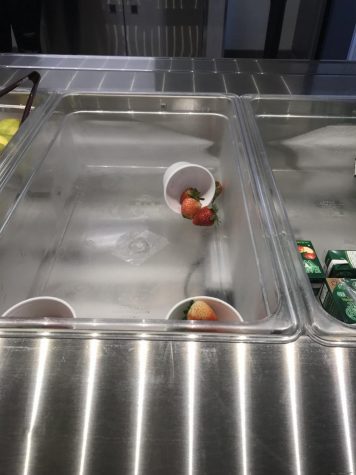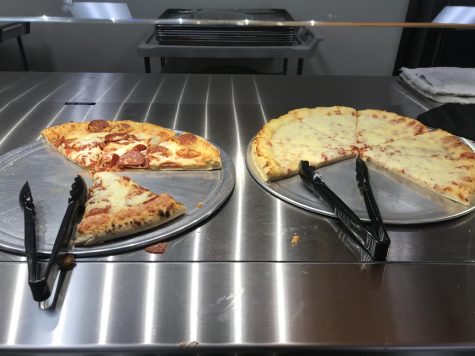The Cost of School Lunch
Central Kitsap schools play a serious role in student health by providing free and reduced meals to children of low-income families. However, lunch can be costly to those who fly just under the qualification radar, and according to many Central Kitsap High School students, the quality of the food often varies. This school year, complaints of overpriced and undercooked meals have become rampant.
Free And Reduced Lunch application packets are sent out to the homes of all students at the beginning of each school year. Households with income levels below a specific threshold are encouraged to apply for the National School Lunch Program, School Breakfast Program, or the Special Milk Program. Applications are reviewed and a determination is made within 10 business days of receiving the application. Families denied eligibility can appeal this decision by contacting their child’s school. These programs allow students to eat both breakfast and lunch at school for a free or reduced price.
Sometimes, there are families who make more money annually than qualifies. In Central Kitsap High School sophomore Kody Madan’s family, this is the case.
“It’s expensive,” Madan stated. “My brother ran up $80 in 26 days.” That comes to about $3 a day, which is expensive, especially in a family like Madan’s, with seven kids to feed in total under one household. “It’s a lot of money to feed all of us, I think.” He said when asked how the cost of school lunch affects his family.
One hot lunch is priced, on average, at around $2.74 to $3.20.
Madan also feels that the offered options in the lunch line are unhealthy, low quality, and the portions are too small. “There aren’t enough in the portions.”
But, he isn’t the only one who feels this way. “It’s not good quality;” Senior Kira White stated. “We have these chicken balls that taste like bread.”
Senior Annelisa Ayars suggested that Central Kitsap schools put vegan or vegetarian options on the menu in order to expand options for students with specific diets and lifestyles. However, according to SNA, school meals are required to meet the Dietary Guidelines for Americans. This means that schools must offer students larger portions of fruits and vegetables with every lunch served. Vegetable choices must include weekly offerings of legumes, dark green and red/orange vegetables. Sodium, fat, saturated fat and calorie levels must also be monitored and restricted in order to stay within health guidelines. Vegan and vegetarian main courses may be difficult to come by, as some may contain extra chemicals and fillers, along with costing a bit more than the already offered selections.

Ayars would also like to see an improvement in the quality of the meals served. “The food is often cold and wet,” Ayars stated. “It would be nice if the food were higher quality.”
Students may also buy foods and drinks from The Cougar Den if they are unhappy with the options sold in the lunch line. These foods and drinks are called “competitive foods” because students have the freedom to choose to eat them, rather than the meals provided by the National School Lunch Program and the School Breakfast Program.

The USDA is considering new federal nutrition guidelines for these foods in order to increase the quality and healthiness of the food.


